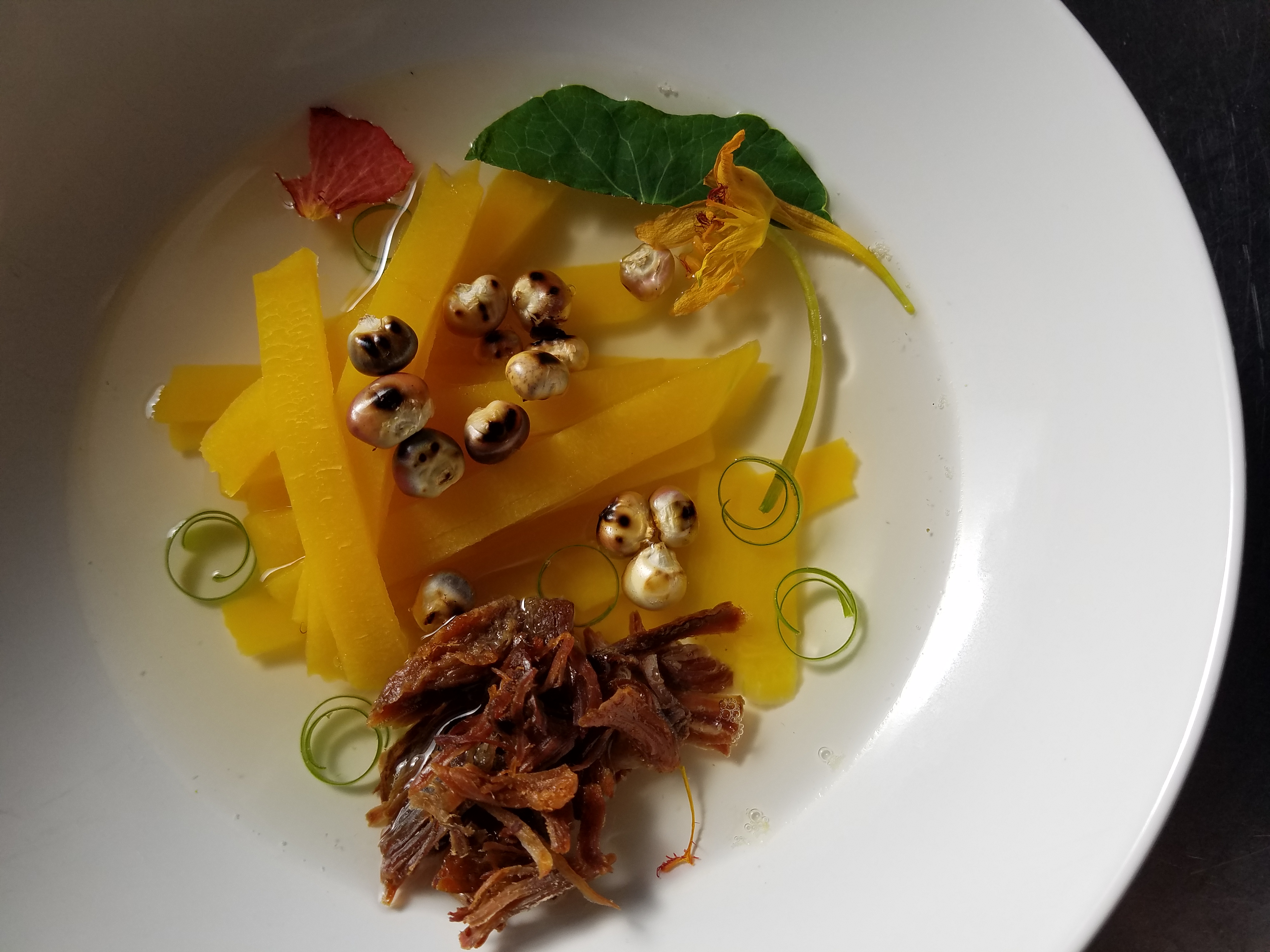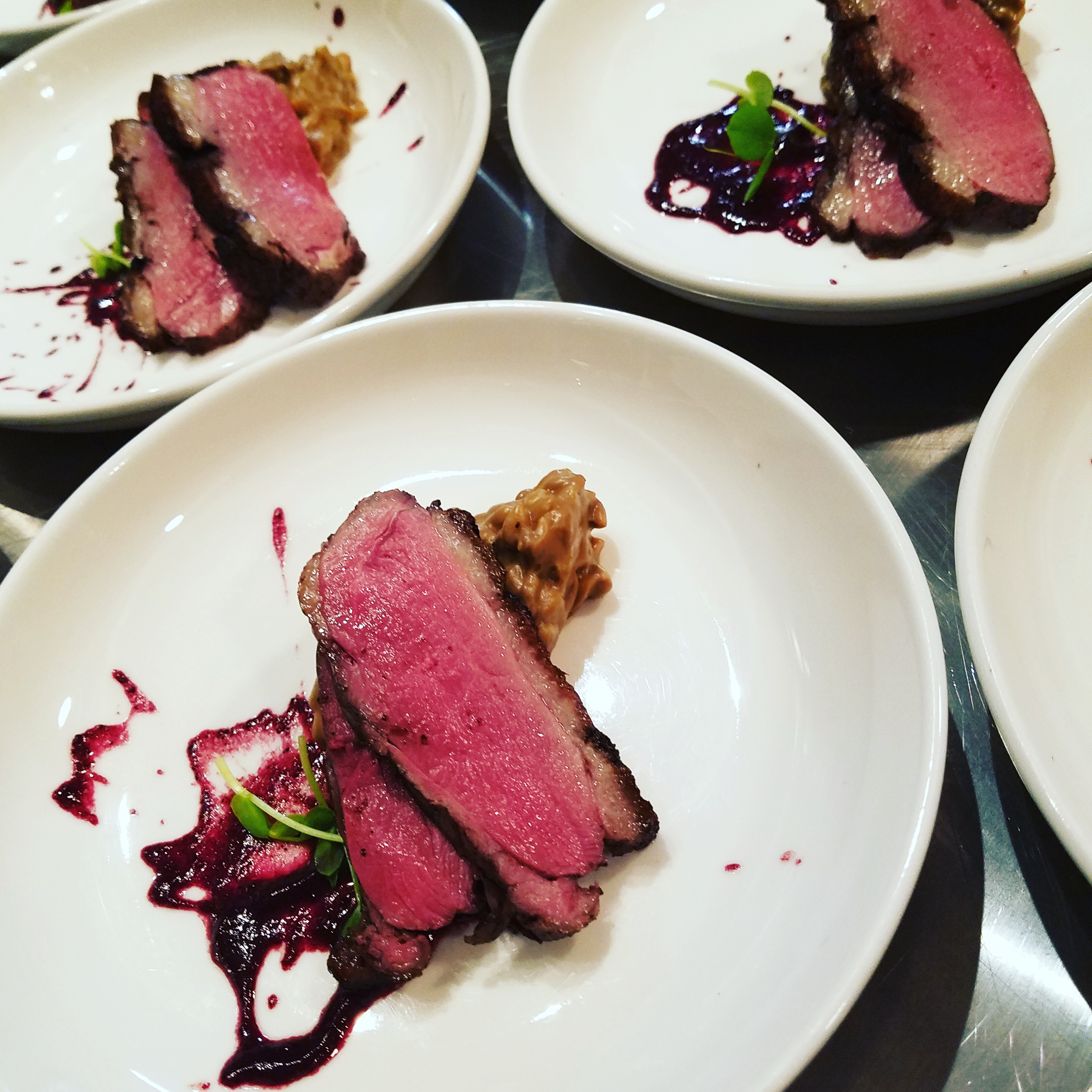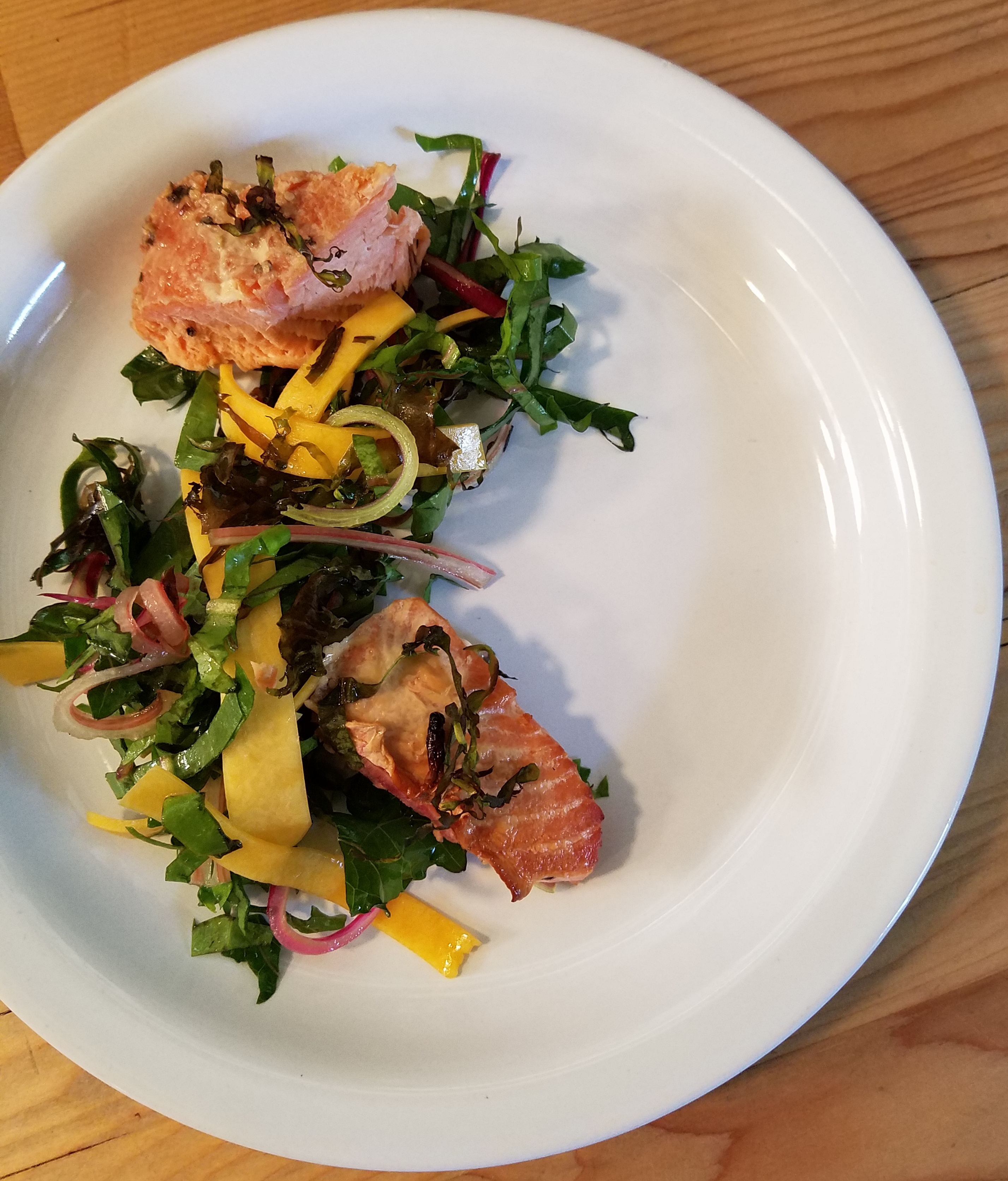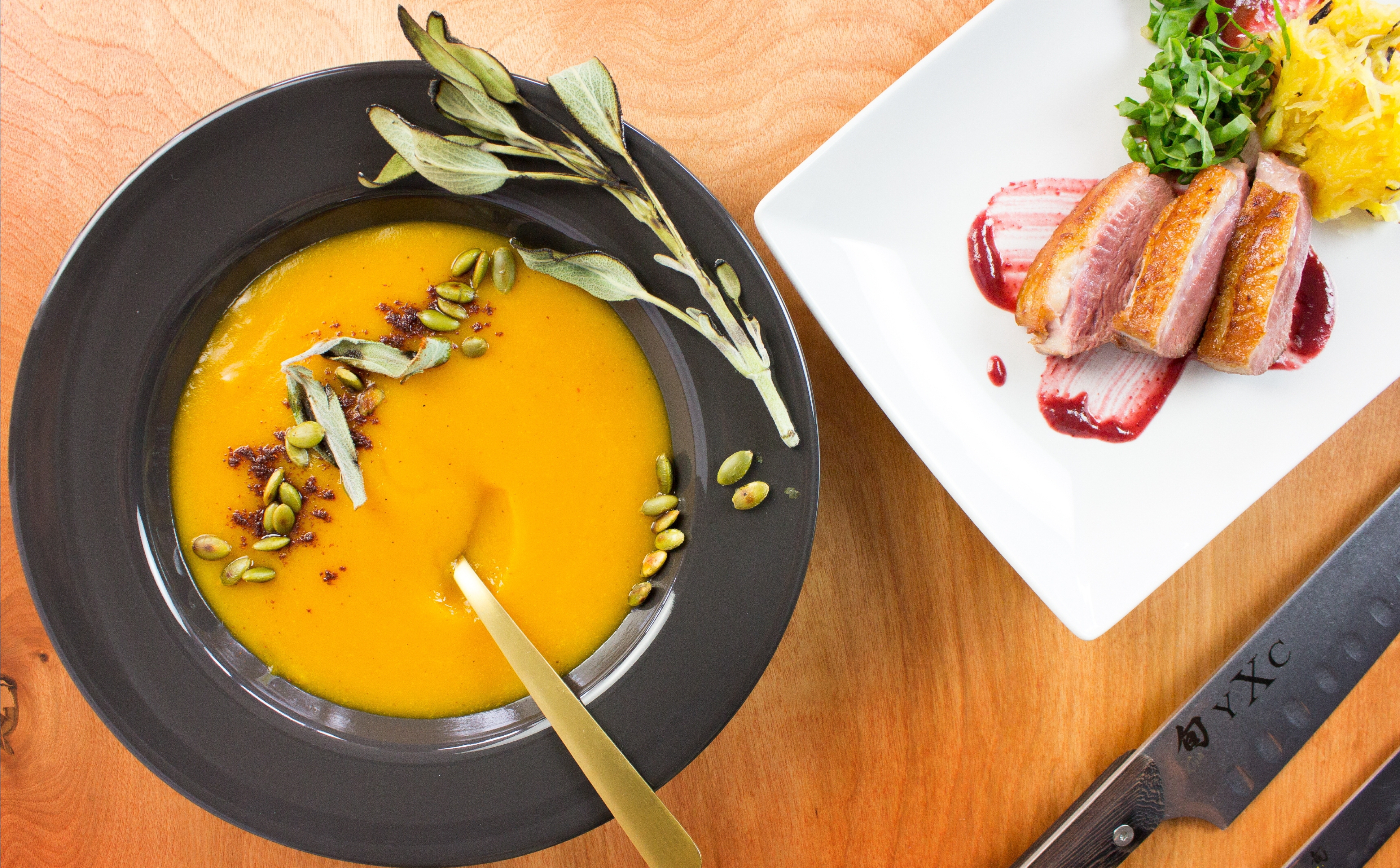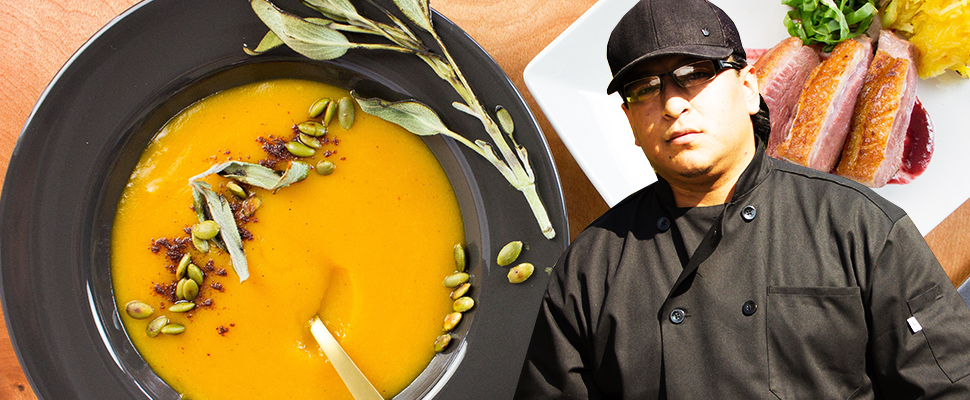
Chef Brian Yazzie is on the cusp of a new cuisine. He’s been working with rising star chef Sean Sherman, the Sioux Chef, for years as the chef de cuisine. And, now, he’s striking out on his own. Chef Yazzie’s journey is along a path that’s only recently been rediscovered. He’s part of a collection of indigenous chefs across the Americas who are bringing lost foodways back to life.
Yazzie grew up on the Navajo Nation, or Diné if you’re a local. His path was very similar to others (including much of my family) growing up on the Rez: Government cheese and canned meats, fry bread, and whatever fast food was available. That diet and the lack of traditional foods led to the most severe health pandemic of any demographic in the United States. It’s especially devastating for indigenous youth. The most severe poverty in America compounds all of these issues, to the point that the Pima tribe of Arizona doesn’t just have the worst rate of diabetes in the US but in the entire world.
That’s just the tip of the iceberg when it comes to health risks facing America’s forgotten minority. Clearly, something has to change.
We sat down with Chef Yazzie recently to talk about what exactly indigenous food is, why saying “Native American” food is a little confusing, and why reembracing indigenous foods across America’s varied regions is the only way forward.
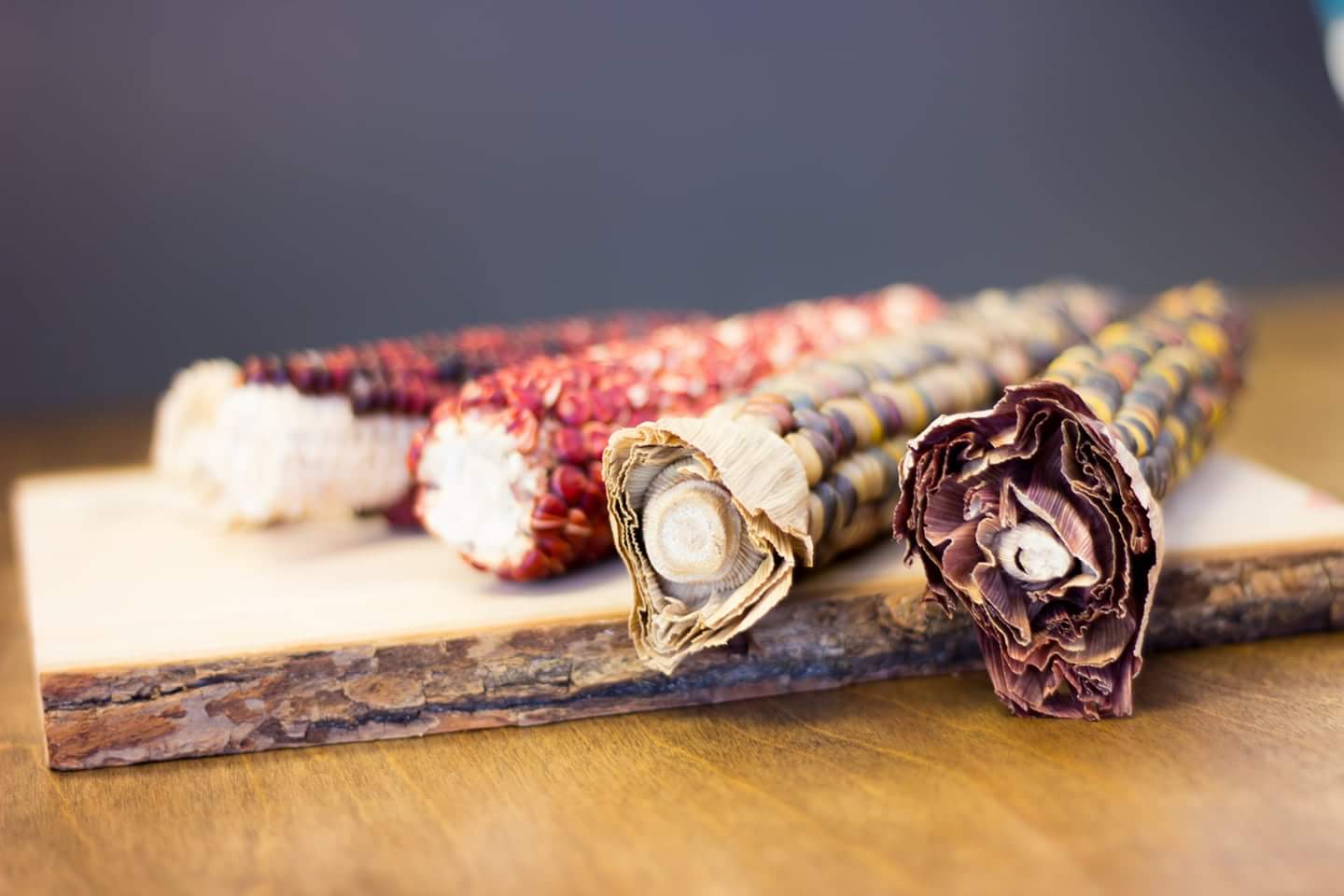
What was your food experience as a child living in Diné?
I started cooking at the age of seven when I started helping my mom in the kitchen. My mom, being a single parent, I felt like I should go help, you know? When I was done with my homework, I would jump in the kitchen and help her just with small tasks like cutting up vegetables, stirring the soup, setting the table, washing salads — the type of stuff I could start doing at the age of seven.
What do you remember loving about the food back then?
Just different parts of the cooking and helping my mom. Ever since that time, I had a passion for cooking. I always wanted to know what food we had, where it came from, and what we had in the fridge. I was already looking forward to the next meal to cook.
What was the average Navajo kid’s diet back in those days?
Back in those days, I didn’t really have the knowledge of Indigenous food I have today. The general ingredients that we always had were the basics: Corn, squash, beans, and lamb or mutton. Those were the foods eaten in my region of Diné. And, then, growing up with a single parent, we always had these tribal subsidies. So, you know, we had lots of cheese and canned meats. That’s just the food we had access to. So I did what I could to kind of… fancy those ingredients up and cook them the way I would like it.
How did you get to ice cold Minnesota from the deserts of the Navajo Nation, man?
My girlfriend has family here in the Twin Cities. So we decided to start our own sort of new path in life, to take a different approach in a new city with new job opportunities.
Once we got here, my girlfriend decided to go back to school for medicine because it was something she always had a passion for. I wasn’t sure what I wanted to do. I struggled with odd jobs. Then one day, I received a brochure in the mail for St. Paul College and saw they had a culinary program.
I went to the open house the next week to see what they had to offer. And I really liked their program. I wanted to be hands-on in the kitchen instead of looking through a textbook. Their curriculum was more expressive of what I wanted my experience to be. Plus, they had a restaurant management program as well — so it was not just being hands-on with the food. It was about learning a basic awareness of the industry as well.
Do you feel like your time in culinary school helped you get back to indigenous food?
Yeah, definitely. It has opened my eyes that our original foods of the Americas which aren’t represented in the culinary world.
How so?
Our first peoples’ food isn’t even represented in every city, yet cuisines across the world are established on every block.
Just looking beyond that, we didn’t have the recognition. We didn’t have the representation of the tastes and cuisine the First People brought to the world.
What was a tipping point for you when you realized there was more to indigenous foods?
I remember that day in culinary school, the first day of the second semester. I was on the line flipping bison burgers and realized 50 percent of ingredients in a burger were indigenous foods.
We had all of these condiments for it and all of the vegetables for it, and it came to my mind, ‘when bison were here, there were no tomatoes. We had bread. But we never had wheat here in North America.’ I realized there’s something missing, you know? So, I just started backtracking. Every time we had to serve up something we made at school, I did my best to incorporate indigenous ingredients from North America.
What did that lead you to?
And, so, I started focusing and I started researching what our food is. What is indigenous food? What is Navajo food? What do we have? I realized that it’s way beyond fry bread and way beyond Indian tacos.
I learned that there are different regional foods across North America. You’ve got the Southwest, you got the Northwest, you have the Midwest with the Ojibwe, then the Crow, you have Seneca and the Iroquois nation, and then you have down to the east coast to the Seminoles and the food of the Southeast. So when it comes to asking, “what’s Native American food?” That’s too vague because you have to go into detail of what region you’re talking about and what kind of food culture you’re talking about.
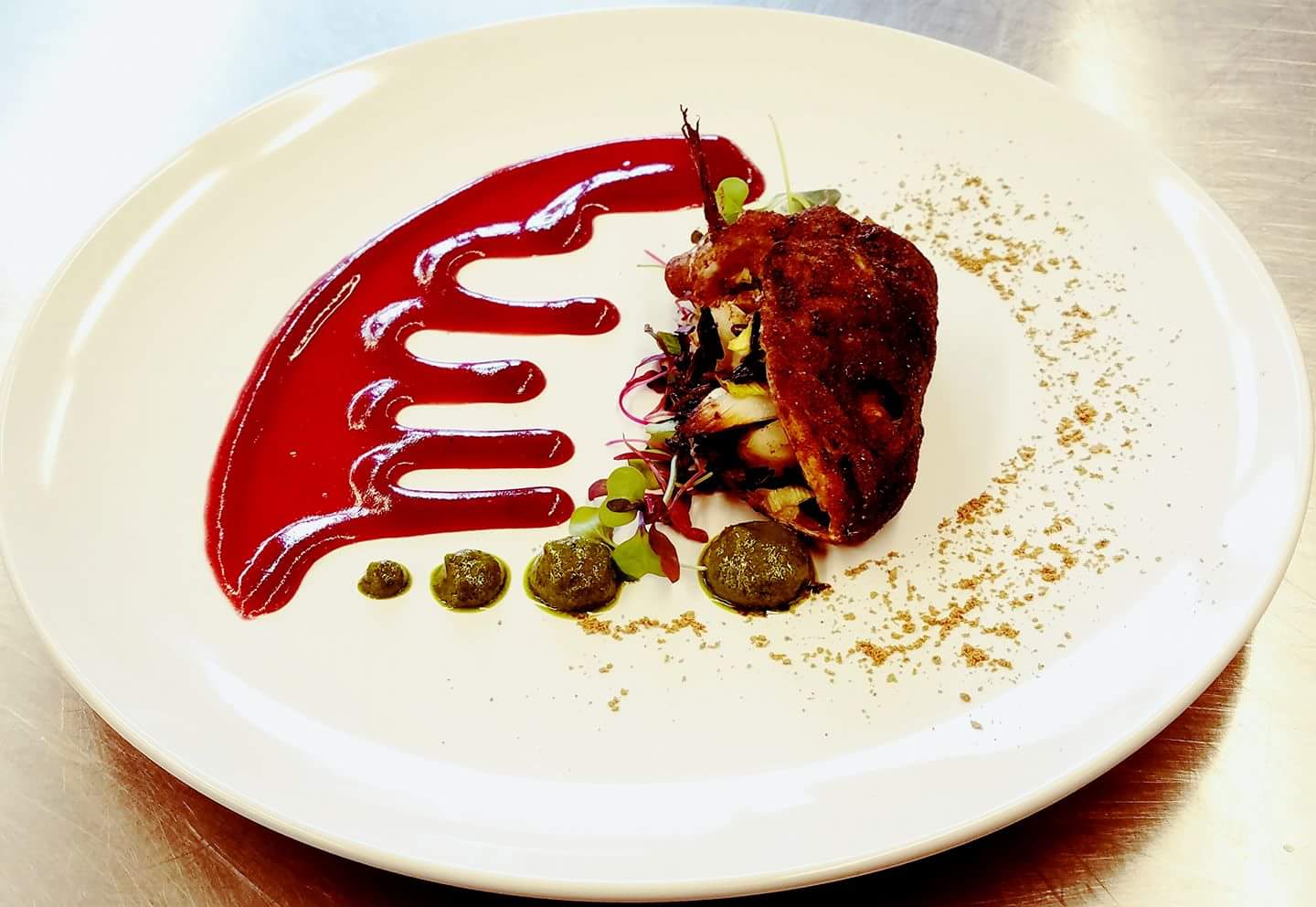
What’s ‘Native American’ food to you?
‘Native American Food’ is what I call an umbrella term. Native American food is very detailed, depending on what region you are in because every region has different food culture and cooking techniques.
I gotta ask. What’s your go-to ‘chef’ comfort food right now?
One of my comfort food right now is wild rice pilaf with sage-maple glazed salmon topped w/ Pueblo green Chile salsa. It’s a blend of the Midwest, Northwest, and the Southwest.
Now you’re working with Sean Sherman up in Minneapolis. Are there some commonalities between the Diné foodways and the Anishinaabe and Lakota?
I feel like there is a commonality in both regions. But it’s different because the ingredients of the Southwest are so different from what we have here in the Midwest.
The most serious health problems facing America are amongst the indigenous communities. A huge part of that is that our foodways and traditions and literal foods were deleted from the American experience. You’re on the front lines of bringing it back. How do you think it’s going? Are we making progress?
You know over the past five years the indigenous food movement has really been catching on. Where I’m from in the Southwest, there’s a lot of tribal community and tribal members that are farming again. They’re starting to reconnect to this ancestral food knowledge. They’re starting to maintain gardens and individual land plots in their own areas. They’re going to be food sovereignties summits across the US and they’re connecting with seed savers and people like that. They’re finding out what seeds are actually the originals and what’s really ours from that area, you know? These people are building important relationships and they’re fighting off the diabetic epidemic and other health problems by reconnecting in that way.
There’s so much to recover from. I mean, the Long Walk and Kit Carson’s genocide is only starting to be recovered from just now — 150 years later. And that’s just one small corner of these histories. What do you see as some of the biggest hurdles to recover from down your way in Diné?
Right now I feel like everything that needs to come back is actually happening. But it’s gonna take a while for it to catch on because with the kids, you know, no change happens easy. Basically, by bringing back Indigenous food, you’re exposing a food that’s, in a way, foreign to them. Their palate is not used to these foods. The taste of it’s unknown. So, you know, it is going to take a while.
We’re building relationships with chefs and the farmers and seed savers. We have to keep helping the tribal communities who are feeding off food programs and connect them with what we do and just reintroduce them to their ancestral foods.
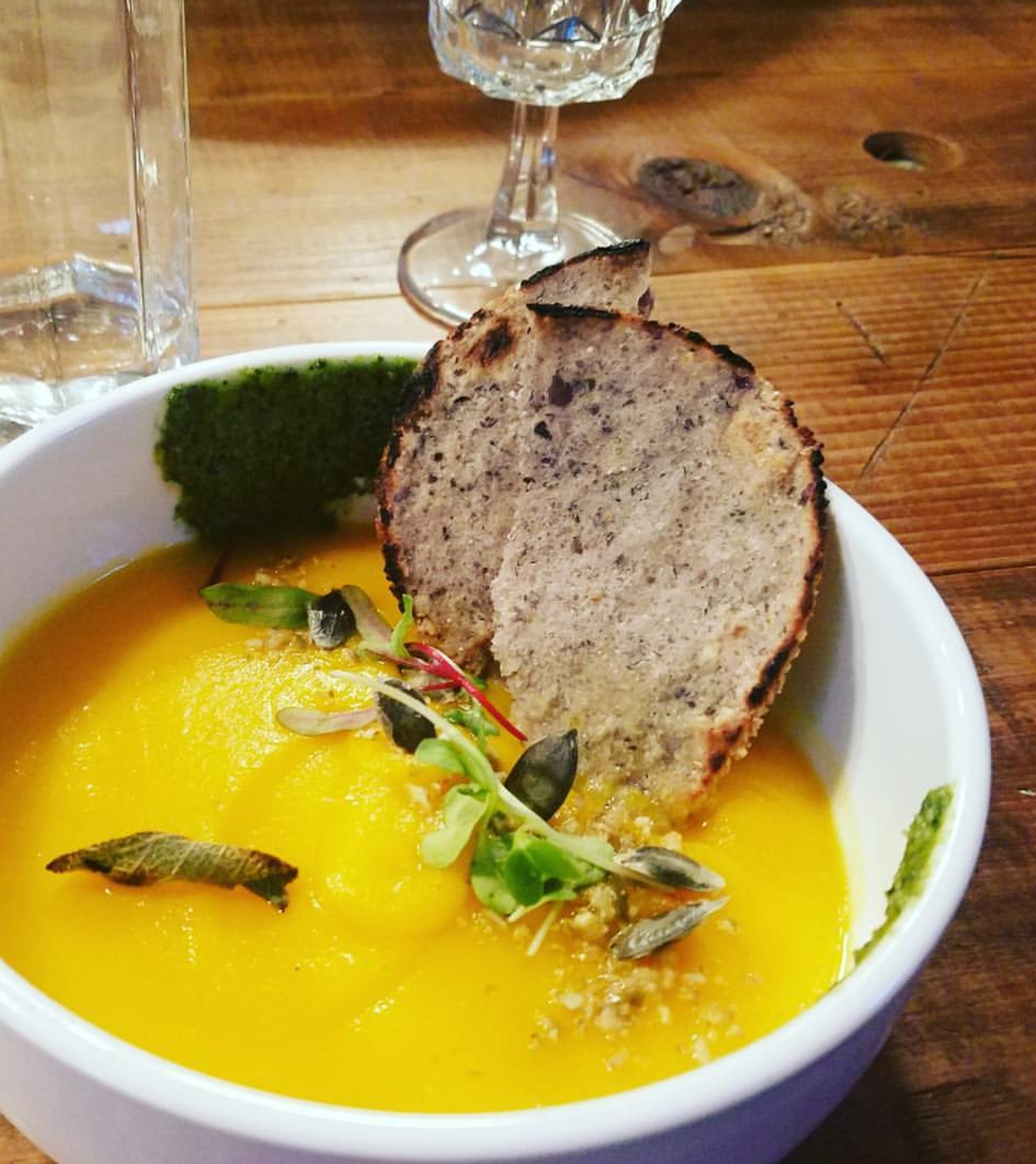
There’s a lot of people in Indian Country with very limited resources. How does the average person in a native community start re-embracing these foodways?
Yeah, that’s true. That’s a great question. You know, I would highly encourage people to attend Indigenous food projects. Those are events and conferences that connect the chefs, farmers, scholars, and seed keepers. That’s where people are talking about revitalizing our ancestral foods. Connect with these people. Start collecting seeds — the seeds that were original to the area or region. Start a community farm. Start a non-profit relationship with the community. Start a youth program. Just start connecting a network and start building up at home.
It’s also connecting with the future of our food system from tribal nation to tribal nation and connecting with the foods and connecting with the cooks at home who are serving the kids. We must connect with them to pass on these ways, pass on that knowledge of our local farming, our local gardens, our healthy produce, and our indigenous foods and everything that those traditions can provide.
And, you know, if you can connect with the tribal government and get some sort of grant, that would be great. But that’s not the only way. So it really is best to work and be independent and the collective will just start. People will join. Start in that way and just keep pushing forward towards healthy, non-profit, indigenous food. You cannot step away from that life, you know? Right now is the time for indigenous food and culture.
More of Chef Brian Yazzie’s food:
